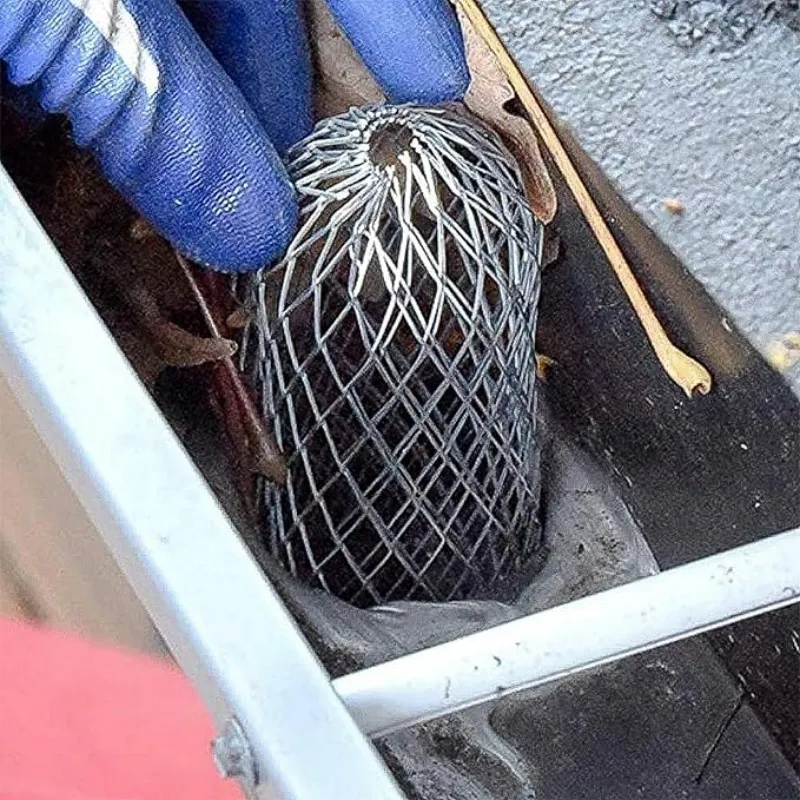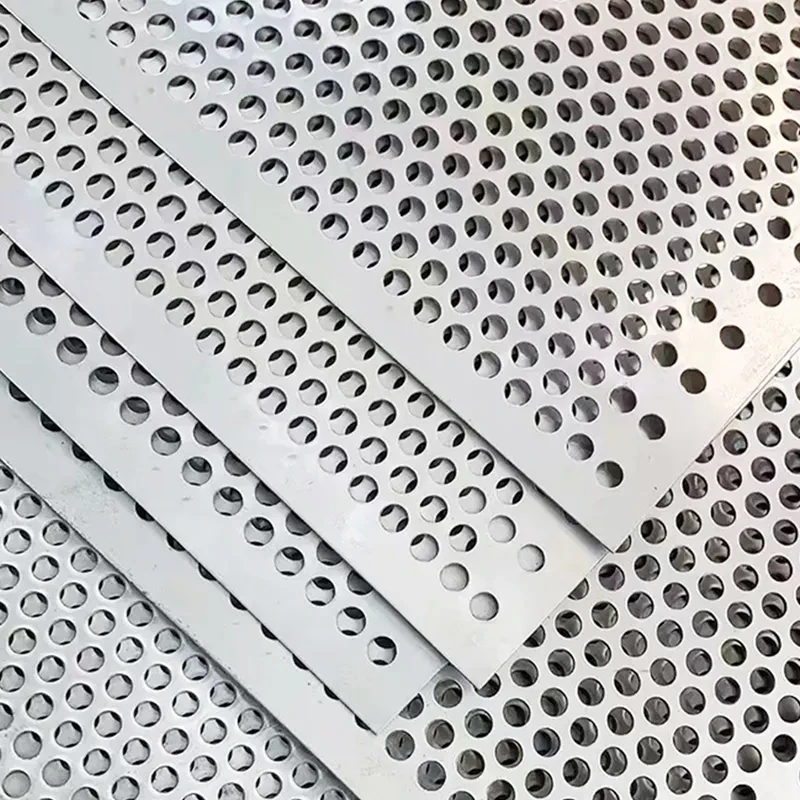Th2 . 15, 2025 20:02
Back to list
types of noise barriers
Noise pollution is an escalating concern in urban environments, significantly impacting quality of life and well-being. Noise barriers, an essential solution for reducing unwanted sound, come in various types, each offering distinct benefits and characteristics. For businesses and city planners exploring effective noise mitigation strategies, understanding these different types is critical.
Gabion Walls, constructed by filling welded wire cages with stones or other materials, are a robust option for natural sound mitigation. The mass and porosity of these structures absorb and deflect sound waves efficiently. Gabion walls are particularly advantageous in settings where erosion control is also necessary, adding multifunctionality to their list of benefits. Their rustic appearance aids in landscaping projects, although careful design is needed to prevent stability issues over time. Berm Barriers utilize natural or man-made earth mounds as noise buffers. Often combined with other barrier types for added effectiveness, berms are particularly useful in areas with available space for gradual slopes. They offer an environmentally harmonious option that supports plant growth, further aiding sound absorption. However, constructing berms can require significant earthmoving and landscape alteration, posing a challenge for urban environments with limited space. Innovative Soundproofing Materials are increasingly explored to enhance or replace traditional barriers. These materials, such as recycled rubber or advanced composites, offer unique sound attenuation capabilities while promoting sustainability. Their adaptability allows for integration into a variety of barrier designs, meeting diverse environmental and aesthetic requirements. As technology advances, these materials promise to reduce construction costs and improve the environmental footprint of noise reduction projects. For successful implementation of noise barriers, collaboration with acoustics experts is essential. This ensures the selected barrier type aligns with specific environmental conditions and sound reduction goals. Furthermore, considering community input and environmental impact can foster acceptance and ensure these structures enhance both urban living and ecological harmony. In conclusion, the array of noise barrier options available today provides versatile solutions to combat noise pollution. From traditional precast concrete and timber barriers to cutting-edge transparent and innovative materials, each type offers specific advantages tailored to different environments and needs. Understanding these differences is pivotal in selecting the most appropriate, sustainable, and effective noise mitigation strategy for any urban development or infrastructure project.


Gabion Walls, constructed by filling welded wire cages with stones or other materials, are a robust option for natural sound mitigation. The mass and porosity of these structures absorb and deflect sound waves efficiently. Gabion walls are particularly advantageous in settings where erosion control is also necessary, adding multifunctionality to their list of benefits. Their rustic appearance aids in landscaping projects, although careful design is needed to prevent stability issues over time. Berm Barriers utilize natural or man-made earth mounds as noise buffers. Often combined with other barrier types for added effectiveness, berms are particularly useful in areas with available space for gradual slopes. They offer an environmentally harmonious option that supports plant growth, further aiding sound absorption. However, constructing berms can require significant earthmoving and landscape alteration, posing a challenge for urban environments with limited space. Innovative Soundproofing Materials are increasingly explored to enhance or replace traditional barriers. These materials, such as recycled rubber or advanced composites, offer unique sound attenuation capabilities while promoting sustainability. Their adaptability allows for integration into a variety of barrier designs, meeting diverse environmental and aesthetic requirements. As technology advances, these materials promise to reduce construction costs and improve the environmental footprint of noise reduction projects. For successful implementation of noise barriers, collaboration with acoustics experts is essential. This ensures the selected barrier type aligns with specific environmental conditions and sound reduction goals. Furthermore, considering community input and environmental impact can foster acceptance and ensure these structures enhance both urban living and ecological harmony. In conclusion, the array of noise barrier options available today provides versatile solutions to combat noise pollution. From traditional precast concrete and timber barriers to cutting-edge transparent and innovative materials, each type offers specific advantages tailored to different environments and needs. Understanding these differences is pivotal in selecting the most appropriate, sustainable, and effective noise mitigation strategy for any urban development or infrastructure project.
Next:
Latest news
-
Trusted Expanded Metal Mesh For All Projects
NewsMay.08,2025
-
Stainless Steel Expanded Metal for Versatile Uses
NewsMay.08,2025
-
Reliable Steel Grating Choices
NewsMay.08,2025
-
Perforated Sheet Metal for Every Need
NewsMay.08,2025
-
Heavy Duty Expanded Metal Mesh for Robust Solutions
NewsMay.08,2025
-
Expanded Aluminum Metal for Versatile Applications
NewsMay.08,2025
Subscribe now!
Stay up to date with the latest on Fry Steeland industry news.
Email addressSIGN UP

